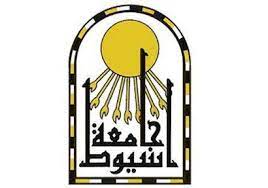The important health benefits of pomegranate fruit is Attributable to its
high concentration of polyphenolic compounds. This compounds concentration
is likely to be affected by cultivar, environment and development stage of fruits.
In this study,
some physic-chemical characteristics along with minerals (K,
Ca, Mg, and Fe) were determined in fruit during maturation stages every 20
day from 30 to 150 day-old fruit of two pomegranate accessions ‘Helo
Erbin’(AE) and ‘Lafan Al-Hesn’ (AH) grown in Syria. The highest percentage
of aril and juice and lowest percentage of peel were observed in 150-day-old
fruit.


